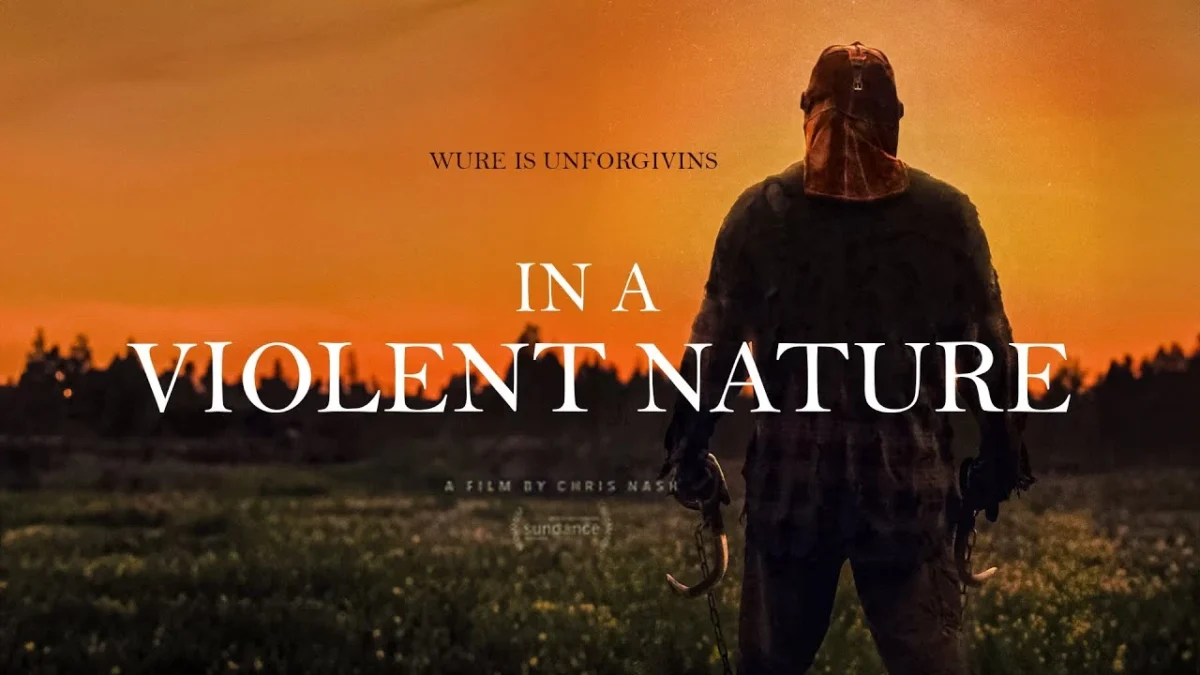Violence has been a part of human history for as long as we can remember. Violent tendencies have often shaped civilizations and cultures in wars, conflicts, or personal relationships. “[in a violent nature]” refers to behaviors or actions driven by aggression, anger, or harm toward others. However, understanding why violence occurs and how it manifests is essential to finding solutions to prevent it.
This article dives deep into human behavior [in a violent nature], exploring its roots, effects, and ways to move toward peaceful alternatives. By shedding light on these issues, we aim to provide helpful information and guidance for readers to understand this complex subject better.
What Does “In a Violent Nature” Mean?
“[in a violent nature]” generally describes behaviors, actions, or attitudes involving force, aggression, or harm. Anger, frustration, fear, or deep-rooted issues often fuel these behaviors. However, violence doesn’t always involve physical harm. It can also be verbal, emotional, or psychological.
Understanding what violence truly means is the first step to addressing it. While many believe violence is only about physical harm, it’s much broader. Identifying its forms and causes is crucial to prevent it from taking over our lives.
Types of Violence In a Violent Nature
Violence comes in many shapes and forms. It’s not always obvious, which makes it harder to detect. Below are the most common types of violence:
- Physical Violence: This involves direct harm to another person’s body, such as hitting, kicking, or pushing. It’s the most visible form of violence.
- Verbal Abuse: Using harsh words, insults, or threats to hurt someone emotionally or mentally.
- Emotional Violence: Manipulating someone’s feelings or thoughts to control them or cause harm.
- Psychological Violence: Creating fear, intimidation, or trauma without physical contact. This includes gaslighting, threats, and harassment.
- Cultural or Systemic Violence refers to societal systems or traditions that harm specific groups or individuals. Discrimination or inequality often falls into this category.
Understanding these different types helps us realize that violence isn’t always physical. Actions and words [in a violent nature] can hurt just as much as a physical injury.
Causes of Behavior In a Violent Nature
Why do people act violently? There’s no simple answer, as various factors shape human behavior and explore some of the most common causes behind violent actions:
1. Biological Factors
Violent behavior can sometimes be linked to biology. Some people have genetic traits or chemical imbalances that influence aggression. For example:
- Imbalances in brain chemicals like serotonin can affect mood control.
- Hormonal changes, especially high levels of testosterone, are linked to aggression.
2. Environment and Upbringing
A person’s environment plays a significant role in shaping their behavior [in a violent nature]. People who grow up in violent households or neighborhoods may consider violence as “normal.” Key environmental influences include:
- Witnessing domestic violence during childhood.
- Growing up in a community with high crime rates.
- Experiencing neglect, abuse, or trauma in early life.
3. Social and Cultural Pressures
Social norms, traditions, and pressures often encourage or normalize violent behavior. For example:
- Societies that value “toughness” over kindness might push individuals toward aggression.
- Cultural expectations can sometimes lead to honor-based violence.
4. Psychological Issues
Mental health disorders often lead individuals to act [in a violent nature]. Conditions like depression, PTSD, or antisocial personality disorder can affect how a person reacts to stress or anger.
5. External Triggers
Sometimes, specific situations or stressors cause violent outbursts. These triggers include:
- Financial stress.
- Losing a loved one.
- Failing at work or school.
Understanding these causes helps us approach violent behaviors with empathy while finding solutions to them.
Effects of Behaviors In a Violent Nature
The effects of violence are far-reaching, impacting individuals, families, and entire communities. Let’s break down its impact:
On Individuals
- Physical harm or long-term injuries.
- Emotional scars that lead to anxiety, depression, or PTSD.
- Damaged self-esteem and trust issues.
On Families
- Strained relationships between family members.
- Fear and instability in the home environment.
- Children growing up to mimic violent behaviors.
On Communities
- Increase in crime rates and unsafe neighborhoods.
- Loss of trust between neighbors and community members.
- Damaged economic and social systems.
Violence [in a violent nature] doesn’t just affect those directly involved. Its ripple effect can be felt across generations and throughout society.
The Role of Media and Entertainment In a Violent Nature
Media and entertainment play a significant role in how violence is perceived. Movies, video games, and news often highlight violent acts, sometimes glorifying them. While media itself isn’t the root cause of violence, it can have a strong influence, especially on young minds.
How Does Media Influence Violence?
- Desensitization: Constant exposure to violent scenes makes people less sensitive to real-life violence.
- Imitation: Some individuals imitate violent actions they see on screen, believing it’s acceptable behavior.
- Reinforcement: Media that glorifies violence can reinforce aggressive behavior.
However, it’s important to note that not everyone reacts to media similarly; personal upbringing, values, and emotional stability are also behavioral.
The Science Behind Anger and Aggression In a Violent Nature
To understand violence, it’s essential to understand anger and aggression. Both are natural emotions, but how people express them differs.
What Causes Anger?
Anger often arises from situations where someone feels:
- Threatened.
- Disrespected or humiliated.
- Frustrated due to unmet expectations.
Anger vs. Aggression
- Anger: A feeling of frustration or irritation. It’s an emotional response.
- Aggression: An action driven by anger. It’s the behavior that follows the feeling.
When anger isn’t managed properly, it can turn into violent behavior [in a violent nature]. That’s why learning healthy ways to handle anger is crucial.
Solutions to Prevent Behaviors In a Violent Nature
Preventing violence begins with education, awareness, and positive action. Below are practical ways to reduce violent tendencies in individuals and communities:
1. Promoting Emotional Awareness
Teaching people to identify and manage their emotions can prevent violent behavior. Schools and workplaces can introduce programs to help individuals:
- Recognize when they’re feeling angry.
- Use healthy coping strategies like deep breathing or walking away.
2. Providing Mental Health Support
Many people act violently because they don’t know how to handle their struggles. Counseling, therapy, and mental health support can make a big difference.
3. Conflict Resolution Skills
Teaching conflict resolution skills helps people address disagreements peacefully. This includes:
- Active listening.
- Compromise and negotiation.
- Finding solutions without blaming others.
4. Community Support Programs
Communities can offer support programs for families and individuals who have experienced violence. This includes safe spaces, therapy groups, and educational workshops.
A Table of Common Triggers and Solutions In a Violent Nature
The following table highlights common triggers for violent behavior and practical solutions:
| Trigger | Solution |
|---|---|
| Stress at work or home | Practice relaxation techniques, such as meditation. |
| Childhood trauma | Seek therapy or counseling. |
| Poor anger management | Learn anger management techniques. |
| Exposure to violent environments | Move to safer spaces, if possible. |
| Lack of emotional support | Build strong, supportive relationships. |
By understanding triggers and applying solutions, we can break the cycle of violent behavior [in a violent nature].
Final Thoughts on Behaviors In a Violent Nature
While violence is a challenging and complex issue, it’s not impossible to overcome. Understanding its causes, effects, and solutions helps us approach it optimistically. There’s always hope for change, whether through mental health support, conflict resolution, or safer environments.
It’s important to remember that behaviors [in a violent nature] are not permanent. Individuals and societies can move toward a more peaceful, compassionate future with the right support, education, and action.
Let’s create a world where kindness and understanding dominate aggression. After all, change begins with awareness and a willingness to take that first step.
By exploring behaviors [in a violent nature], we gain the power to address them effectively and inspire positive change—one step at a time.



